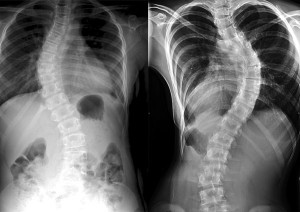
Scoliosis curves vary in degree and can occur in infants, children and adults
I have scoliosis, or curvature of the spine. It was discovered at age 12 after several hints. Horse show judges told me to “square your shoulders,” as one dropped lower than the other, and at school, I remember being frustrated that the back of my chair always seemed crooked. I had no idea it was me.
Someone told my mom, but she had never heard of scoliosis. Six months later, when she couldn’t hem my skirt straight (due to my uneven hips) she realized something might actually be wrong.
A trip to the doctor confirmed a 32 degree curve in my lower spine. I was put into a Boston Brace, a very tight plastic shell custom designed to immobilize the spine and keep the curve from getting worse. I was to wear it 23 hours every day. However, my body overcompensated creating two more curves in my middle and upper back. Metal plates that ran up the front and back and joined in a circle around my neck were added creating the Milwaukee Brace, which I wore for four years.
I survived high school incentivized to wear my brace by the alternative – an operation to permanently fuse my spine which would limit my ability to ride horses (among other high risk activities).
Fast forward 25 years. I met my husband who has three beautiful daughters and, ironically, all three were diagnosed with scoliosis. Their curves ranged from 20 to 30 degrees, but instead of being treated by the medical community, each was taken to a chiropractic doctor. Weekly visits for manipulative adjustments delivered positive results and maintained their curves.
Considering my treatment was 35 years ago, I was eager to find out what advancements have been made in patient care today. I sat down with Eric Davenport, DC of Gonstead Chiropractic; and Russell H. Molina, resident practitioner and Jose Ledezma, Certified Orthotist with Coachella Valley Orthopedics, which makes scoliosis braces.
According to Johns Hopkins Medicine, 1 to 2 of every 100 people has scoliosis. About 2 to 3 of every 1,000 people will need treatment for progressive scoliosis and one of every 1,000 people requires surgery. In about 80% of cases, the cause is unknown, but scoliosis tends to run in families. And although boys and girls are affected the same at the onset, girls are more likely to have curves that continue to worsen and require treatment.
Treatment for the condition depends on many factors including age, structural maturity, degree and cause of the curve, and activity level of the child. All three professionals agreed that the key to success is early detection.
“If a 15-20 degree curve is detected in a 13 year-old who has not started her menstrual cycle (a measurement of structural maturity), studies show there is a high probability that the curve will increase without treatment, and so we would brace,” states Molina.
“We have had great success in treating young patients whose curves are below 27 degrees,” states Davenport. “After that severity, we standardly recommend a bracing consult.”
“MDs and chiropractors look at x-rays differently,” explained Davenport. “Where a doctor may see a curved spine, I see the structural imbalances of the full body. And treatment for those two diagnoses can overlap and complement each other.”
How do chiropractors maintain the curve through adjustments? “We determine where the individual joints are functionally misaligned or not moving properly (called sublixation) and put motion into those specific joints. With scoliosis, we focus on counteracting the apex of the curve.”
All treatment programs recommend a complementary physical therapy regime.
“The problem with bracing is that it doesn’t allow the muscles to properly develop because the brace is doing the job of the muscles for 23 hours a day. That is why time out of the brace should be spent building your core muscles to help support your spine,” states Molina. “We work very closely with physical therapists on patient care.”
As you can imagine, compliance with bracing is a challenge. The emotional and psychological toll from having to wear a brace through your teenage years can be traumatic. But for some cases, the option is better than surgery.
It seems that to this day, medical and chiropractic professionals vary on their treatment recommendations, so it can be challenging for parents to determine which option is best for their child.
Molina, who has worked with his family’s business for many years, adds, “My father and I discuss how the education has changed for orthotists. They used to teach that bracing was the sole solution. Now they emphasize the team approach – collaboration – and the importance of integrated therapies: physical therapy, muscle strengthening exercises and flexibility.”
Davenport agrees, “When there are more professionals involved the quality of patient care increases.”
Everyone agreed that there is no ‘one size fits all’ solution. It was concluded that since chiropractic care is less invasive than bracing, it may be considered for curves under 25 degrees with close observation on progress. If bracing is the recommended option, then a night time brace would be of less impact psychologically and allow more hours in the day for muscle and core strengthening.
The good news is that parents have options. Seek opinions from both medical and chiropractic doctors familiar with scoliosis and then choose the treatment plan that you feel will work best for you and your child.
Dr. Davenport practices at Gonstead Family Chiropractic 760.863.0435. Coachella Valley Orthopedics & Prosthetics can be reached at 760.345.4779.


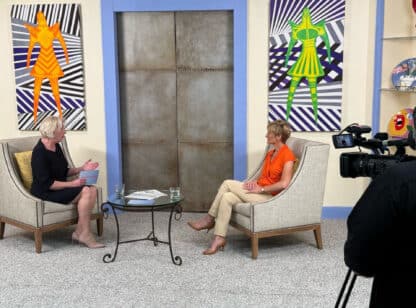


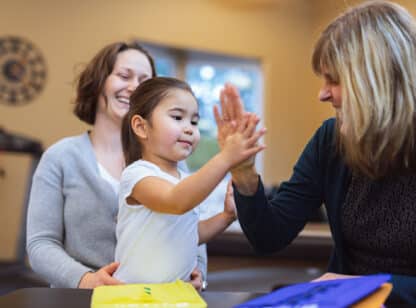


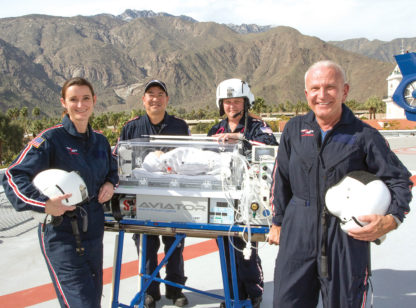





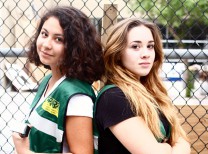
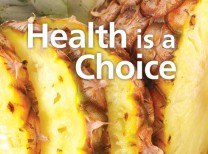






























Comments (6)
my name is maha ,I am 12 years I have sever scoliosis 70 degree. is there chance to treat without surgical operation
Thank you, Maha. Here is a video on non-surgical treatment that may be of interest. The doctors are Janzen & Janzen Chiropractic (I believe in Colorado).
http://www.youtube.com/watch?v=1EXx-4wtm9A
Best of luck to you ~
Lauren Del Sarto
Scoliosis is a tough but treatable diagnosis. Check out our non surgical options at https://scoliosiscarecenters.com/
Thank you for reading Desert Health. As one who has 3 curves and was in a Milwaukee Brace for 4 years, I have followed your program and commend your progress with treatment! Do you have any practitioners in the Coachella Valley?
Lauren Del Sarto
Publisher
I have an over 70 degree curve at the age of 13 and my surgery is in a little over a week and im super scared, and not quite sure its the right decision, due to my severe case as well as yound age would you recomend the surgery.
Luca,
I am sorry to hear this, but thank you for reaching out. 70 is a pretty severe curve. Have you spoken with multiple doctors to review your options? As you read, my curve was only 32 degrees, so I cannot tell you if surgery is right for you. But I know many who have had the surgery and have lived happy and healthy lives. You will be ok!
Wishing you all the best ~
Lauren Del Sarto